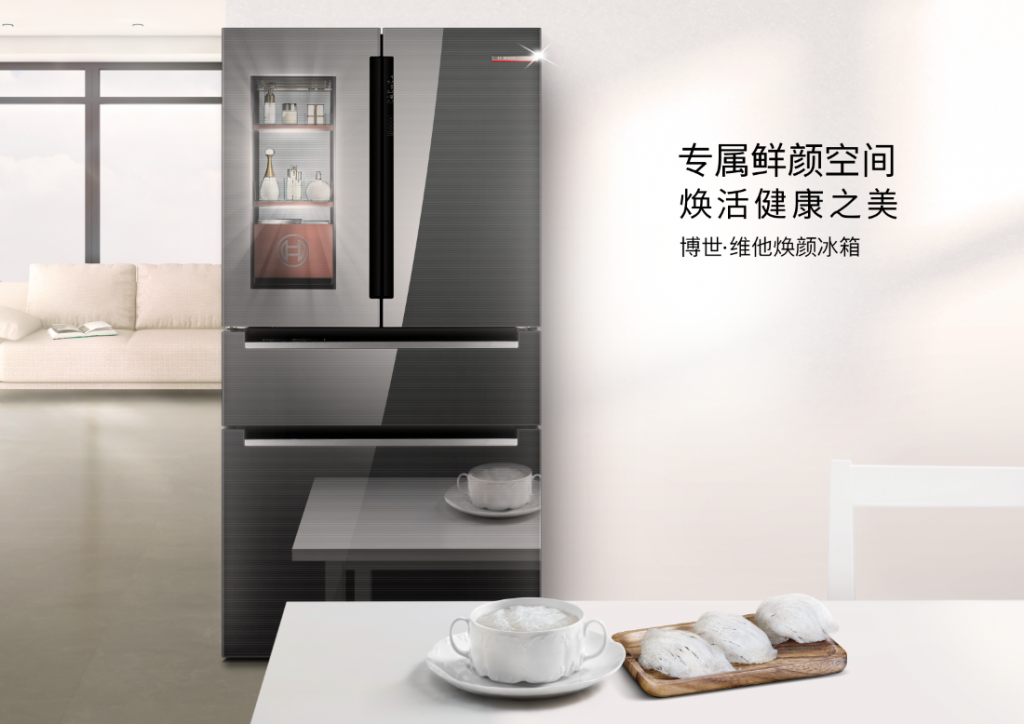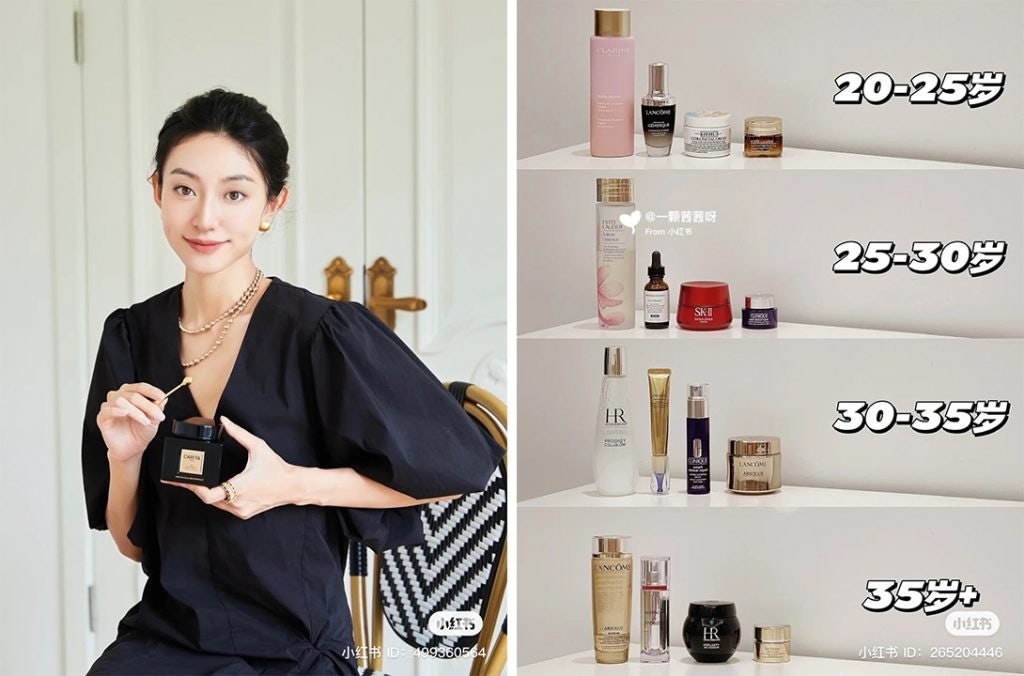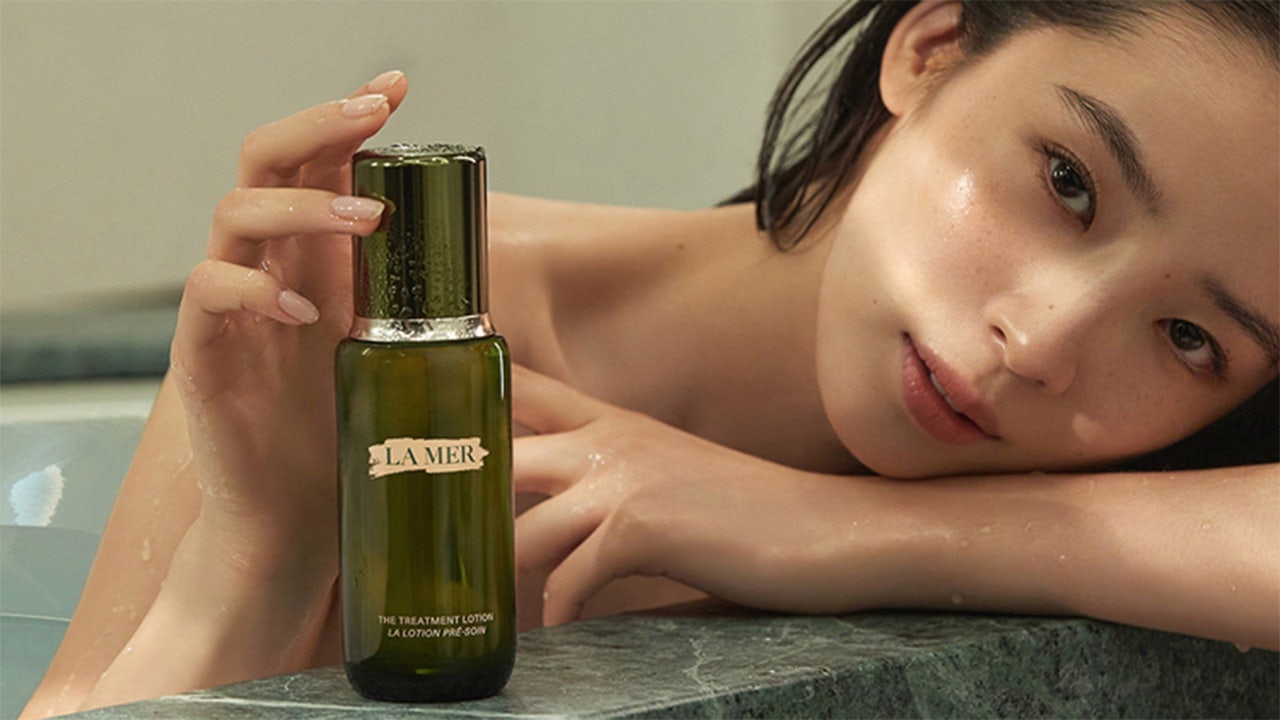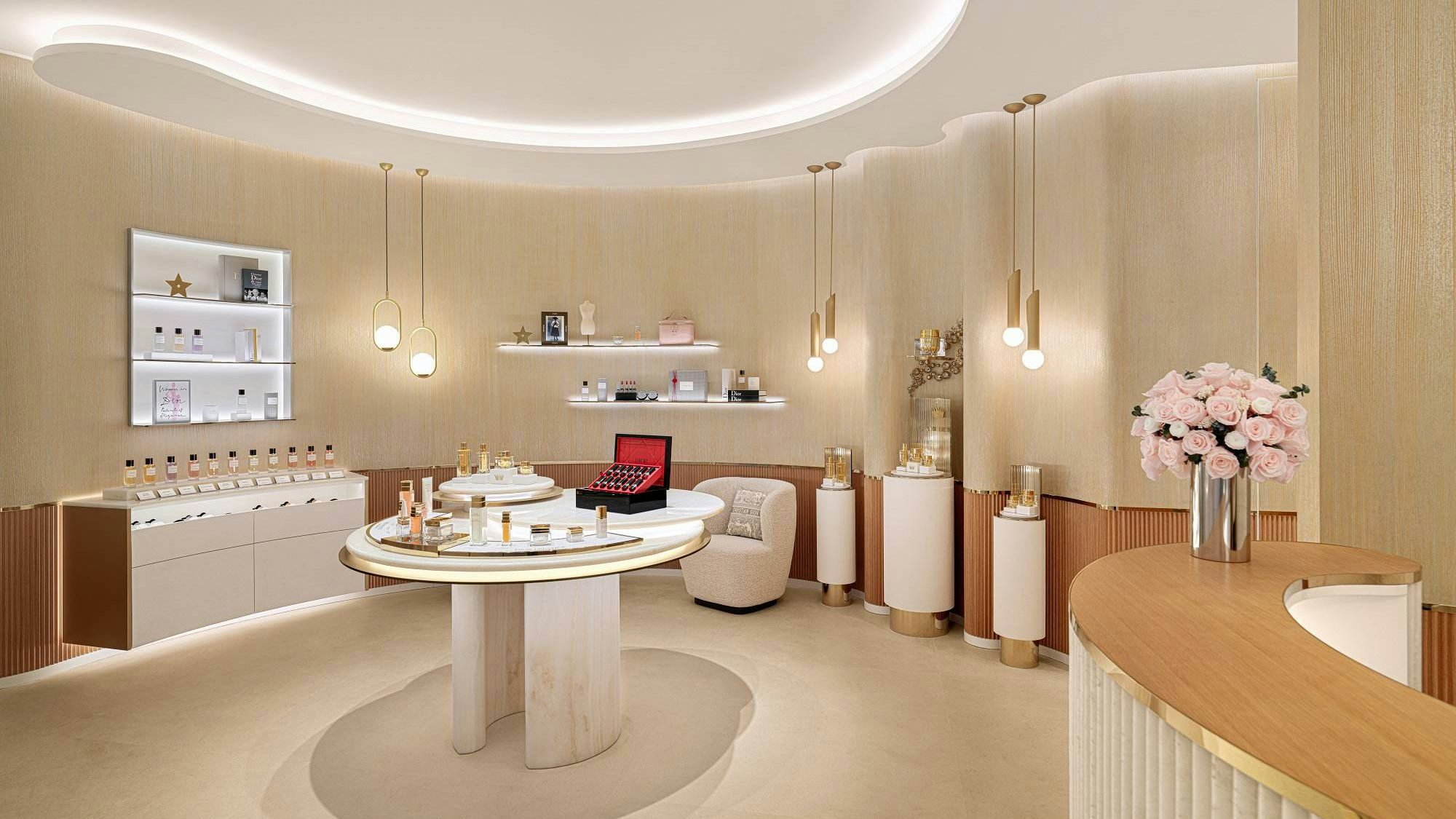Unlike the standard three-step routine of cleanse, tone, and hydrate, the average Chinese consumer has up to nine steps in their daily skincare ritual. The aspiration to be “bai fu mei” (white, rich, and beautiful) has spurred the rise of the “noble lady” skincare category.
Here, products are top-of-the-line, with the most expensive face cream racking up to 1,149 (10,000 RMB) a jar. Sales of skin-whitening products reached 62.43 billion (440 billion RMB) in 2019, making this the second-largest market after the US. Peering into a woman’s fridge, you might even find a tube of caviar among an array of iridescent bottles — not of delicacies or champagne, but luxury skincare under temperature-control (in a special section courtesy of Bosch’s “Age Frozen” fridge).

Although cosmetics have decreased in sales, the ongoing pandemic and culture of mask-wearing have prompted an increase in the awareness of self-care and skin health. The cosmetics market in China hit 81.25 billion (572.6 billion RMB) in 2021, up 9.8 percent year-on-year, and estimates predict high-end products will overtake mass beauty to make up 53 percent of the market in 2025. While the mentality that “west is best” prevailed in the past, confidence in national goods has been growing, leading local brands to creep up in market share.
Noble ladies#
On the surface, the ultimate status symbol of social success is seen as simply having fair white skin — an indication of wealth and purity. Many Chinese women believe that the way to achieve “bai fu mei” status (akin to that of celebrities, socialites, and wealthy KOLs) is through hefty investment in premium skincare. Targeting each minuscule problem area, premium skincare is often medical-grade and approved by dermatologists.
Typically, consumers of these products are affluent over-30’s women looking to fill in fine lines, fade dark spots, and rejuvenate skin. However, the category boom has now been fueled by millennials and aging Gen Z’s in urban first- and second-tier cities. An 85 percent increase in average spending on beauty products has been seen from post-90s women consumers, thanks in part to China’s rising disposable income and strong purchasing power. With a new feminist stance that goes against societal marriage norms, this group of millennial and Gen-Z women are carefree and prioritize “self-care,” thus happy to fund their skincare routine with the crème de la crème of products.
The holy grail of beauty#
A search for “贵妇级护肤品” (noble lady skincare) on Xiaohongshu brings up over 110,000 user-generated reviews. La Mer, Valmont, Helena Rubinstein, La Prairie, and Clé de Peau are just a few of the golden skincare brands that could land on the trophy shelf of a “noble lady.” Skincare products also go beyond cleansing to include essences, ampoules, serums, eye creams, moisturizers, and more in a category led by large corporations such as L’Oréal and Estée Lauder.

The Chinese consumer has long-standing trust in western companies and their dermatological science, resulting in the success of these groups and their solid positioning within the domestic market. Japanese, Korean, and European skincare names dominate in market share, as shown by JD.Com’s 618 sales data, whereas Shiseido, Clé de Peau Beauté, and the likes dominate sales rankings.
More recently, however, mainlanders have begun to move away from commercial firms, aiming for specific offerings from dermatologists and (surprisingly) homegrown labels. Local outfits like Proya, Winona, Chando, and Pechoin are all high-end skincare lines that have been gaining ground and sharing the ranks with large players. These businesses have tapped into the market leveraging their cultural advantage regarding Traditional Chinese Medicine while developing sophisticated categories to secure confidence from beauty aficionados. Aside from just positive word-of-mouth reviews from peers, endorsement from dermatology experts and being recognized by major medical institutions are also important in cultivating a good reputation.
Nowadays, the younger tech-savvy and inquisitive generations have much greater access to discover and collect product information, and have become more knowledgeable and sophisticated in their skincare routines. As interest in Hermès and Rolexes dwindles, youths are seeing skincare as a long-term investment, consuming high-quality goods starting as young as their twenties. Beauty may fade, but it never goes away. As the trend for luxury beauty and wellness continues to rise, brand exposure toward younger consumers will only lead to stronger and more optimistic growth. It’s a future that looks good.

